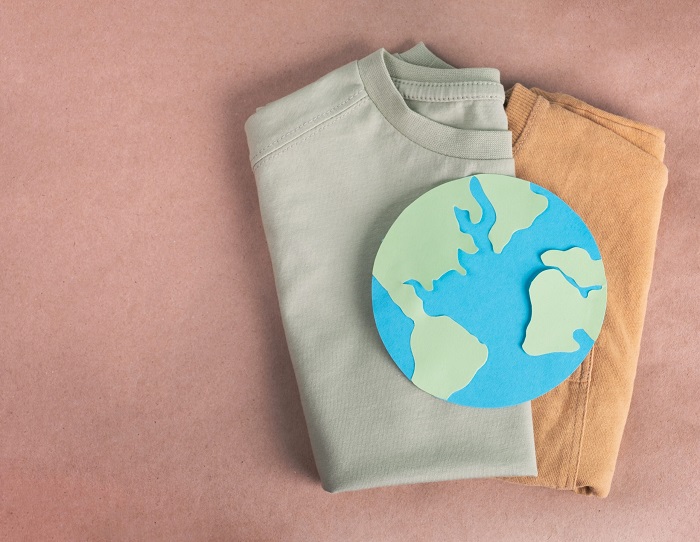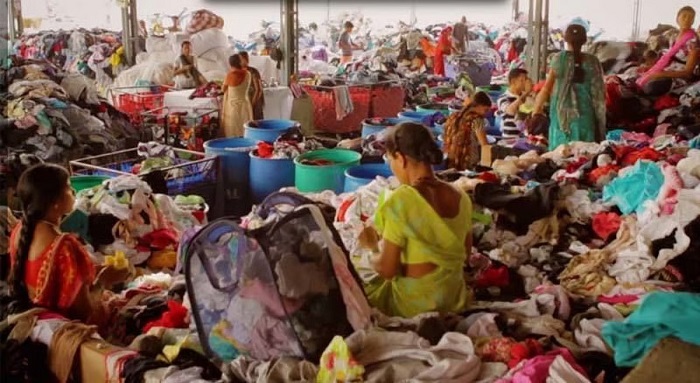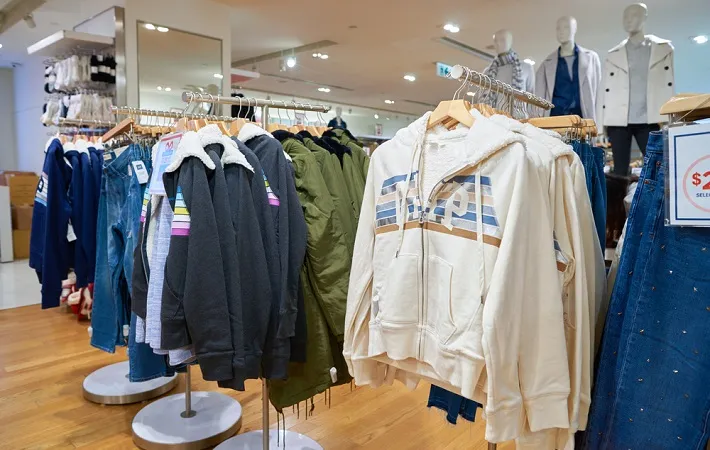"A recent survey by Weave Services, a supply chain consulting firm that specialises in demand and production planning shows, leading apparel brands and sourcing offices are moving their bases out of China over concerns of access to raw materials and lead times. This surely offers a golden opportunity to India to establish itself as the next global manufacturing hub as the country not only has abundant raw materials but also a robust textile processing capacity and comparable labor costs."
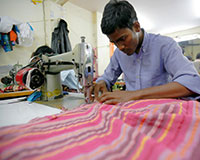 A recent survey by Weave Services, a supply chain consulting firm that specialises in demand and production planning shows, leading apparel brands and sourcing offices are moving their bases out of China over concerns of access to raw materials and lead times. This surely offers a golden opportunity to India to establish itself as the next global manufacturing hub as the country not only has abundant raw materials but also a robust textile processing capacity and comparable labor costs.
A recent survey by Weave Services, a supply chain consulting firm that specialises in demand and production planning shows, leading apparel brands and sourcing offices are moving their bases out of China over concerns of access to raw materials and lead times. This surely offers a golden opportunity to India to establish itself as the next global manufacturing hub as the country not only has abundant raw materials but also a robust textile processing capacity and comparable labor costs.
India being the largest producer of cotton and second largest producer of manmade fibers, apparel producers source raw materials domestically, which helps them save lead times. The country also has the largest yarn spinning and textile weaving capacity among apparel exporting nations. However, it loses ground on account of its high labor costs.
Lack of support, power and labor issues hamper growth
Though India has abundant cotton and labor supplies, its share of the global clothing export market was a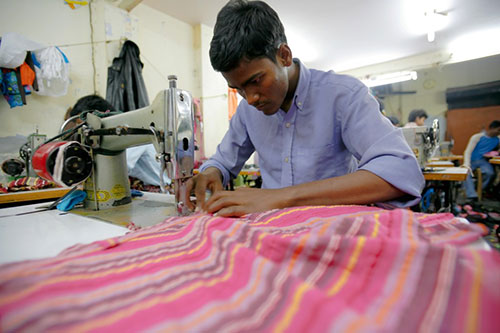 meager 4 per cent in 2016. This was due to the fact that Indian apparel producing units face acute power issues and high logistics costs. As these units use secondary power sources, it makes their business unviable and unsustainable. As a result, most of them outsource their production to other low cost countries.
meager 4 per cent in 2016. This was due to the fact that Indian apparel producing units face acute power issues and high logistics costs. As these units use secondary power sources, it makes their business unviable and unsustainable. As a result, most of them outsource their production to other low cost countries.
One of the many reasons for slow growth of Indian factories is the lack of cheap institutional credit. The government offers many benefits to small and medium size producers. However, their production remains concentrated in small factories that do not have the ability to fulfill bulk orders. To overcome these challenges, India needs to redesign its policy, review fund availability and labor reforms.
Initiatives that go a long way
For this, the current government has initiated several reforms that include: 100 per cent FDI under the ‘automatic route’ which has increased the overall capacity of manufacturing sector. Scheme for Integrated Textile Parks, which has so far approved 74 textile parks; 18 of which are already operational while 32 are under implementation .The government has also allocated $900 million towards labor reforms which will encourage small scale apparel units to hire more workers. Moreover, now there is 18 per cent GST on MMF imports, a simplified tax rate compared to multi-tax scenarios on various MMF categories.
The Make in India initiative which provides investment supportto businesses starting manufacturing in India across the textile value chain. It also launched TUFS (Technology Upgradation Fund Scheme) and ATUF, under this initiative to assist textile and apparel players toward modernisation.
A draft Labor Code on Social Security and Welfare has been proposed by the Ministry of Labor and Employment to simplify, rationalise and consolidate the 15 existing social security legislations into a single code, which will be easier in terms of understanding, implementation and enforcement.
These changes will secure the fundamentals of the Indian textile industry however, their success will be reflected only in the 2019 financial year exports for India after a period of stagnation and sourcing shifts. With buyers exploring new sourcing destination India has a unique opportunity to map the future growth of the apparel industry. However, for this it first needs to implement new policies at all levels of the ecosystem.

